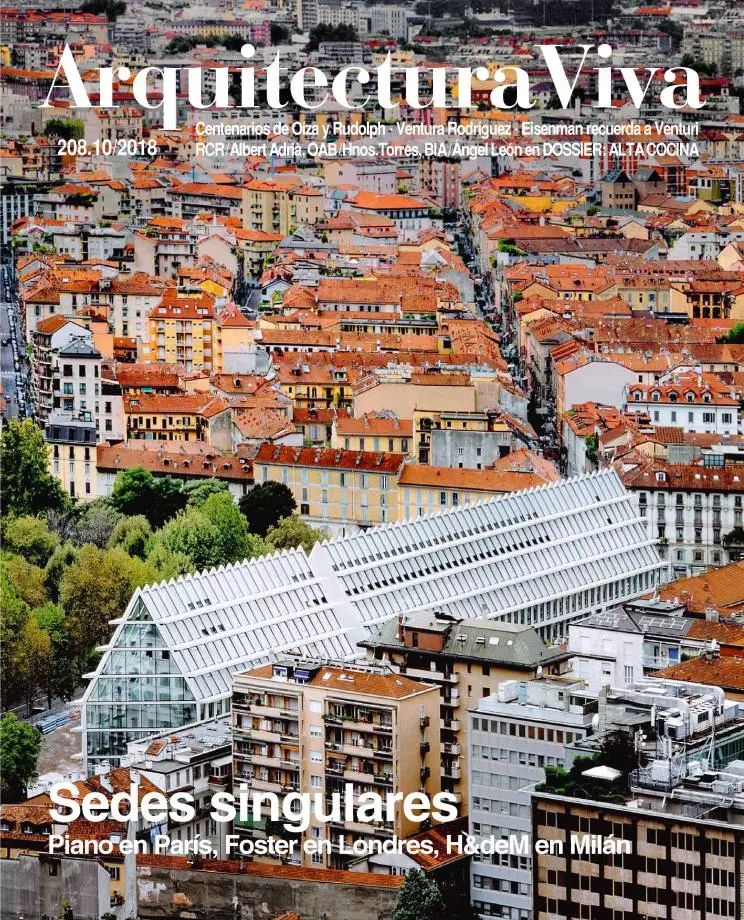The Contemporary Restaurant Kitchen
Palaces for the Chef

In the beginning there was the kitchen; the kitchen was fire; and fire was the house. Later, the three worlds that had since time immemorial been one thing began to separate: fire lost its visibility, hidden as it was in the stove or oven, and the kitchen became just another space in which to carry out a specific set of activities: it was for handling, preparing, and transforming elements, but never for actual living.
The ancient bond between the kitchen and architecture was only maintained in restaurants, eating houses, or hash houses, where the manipulation and presentation of food necessarily continued to play an essential role. Nevertheless, it took a while to end the categorical separation between the place where meals are concocted, the kitchen, and the place where they are more or less aesthetically served, the dining room; a divorce appropriate to aristocratic palates and palaces, and which the French chefs who lost their jobs during the French Revolution maintained for decorum’s sake in the establishments they opened for their new clientele: the bourgeoisie.
The bourgeois kitchen was also the kitchen of technification. First the so-called ‘economic kitchen,’ which made it possible to multiply and optimize fire, then the machines for preserving food, and finally the large surfaces – countertops – whose linear forms reflected the process of transforming foods, making the kitchen something like a miniature of the factory: whether the domestic factory run by the housewife, or the professional factory directed by the restaurant chef.
In all these cases the kitchen was still a hidden spot, an artifact of a servant space that made it possible to hold the liturgy of eating in another room, but which was not itself considered worthy of being displayed or visited. The kitchen, habitat of the immigrant dishwasher or onion peeler, was just a necessary evil.
In the domestic realm, things started to change in the mid-20th century, and architects and developers took the lead here by tearing down the ‘fourth wall’ of the kitchen and turning the act of cooking into a performance. Frank Lloyd Wright exposed the ranges to guests, in the process creating what would later be called the ‘kitchen-dining room.’ And this is what chefs are doing in their new restaurants, where the kitchen is not only open to viewing by customers to convey a certain idea of hygienic transparency, but is even made part of the establishment’s visible main space, stealing the show in what is meant to be a total gastronomic experience. Meanwhile, kitchens are also being designed like habitable showrooms, where the cold feel of stainless steel is nuanced by the warmth of wood and stone to create a pleasant atmosphere.
The result of this change in sensitivities are the new spaces of haute cuisine, and the following pages present three outstanding examples, each of them linked to a Spanish chef of world renown.





